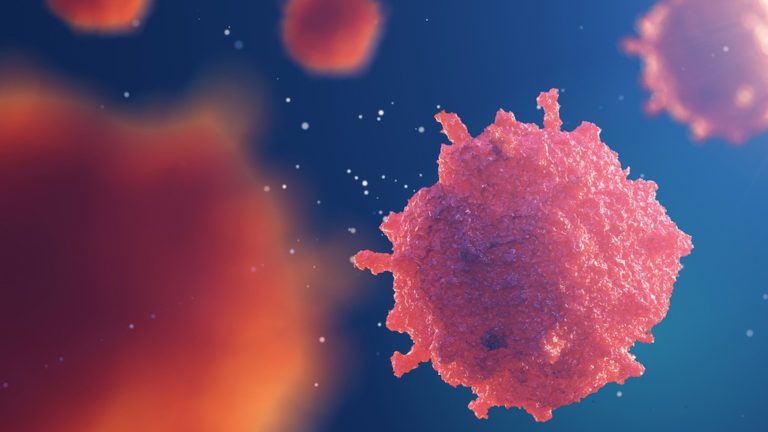
By age 17, her concerned family took her to a doctor, as she was losing a lot of weight, and frequently seemed feverish. But by age 12, persistent shortness of breath forced her to give up the sport she loves. She wants to help ensure that the next time someone with her unusual blood type needs a transfusion, a donor will be ready.Īs a child, Timena was a sporty and energetic soccer devotee. Timena, whose name means ‘beautiful,’ in her native language, Samoan, is embarking on a mission to match her name.
Strange facts about rh negative blood archive#

Then my colleagues took over to confirm my findings through experiments in a lab environment," says Mattias Möller. "I sat down at my computer and analysed and compared results from previous major studies, partly using my own tools, to solve the problem. "We used a bioinformatic strategy to find the underlying genetic cause," says doctoral student Mattias Möller, who used to work in the tech industry before making a switch to become a physician and blood researcher. "We enjoy solving old mysteries where others have failed, so we combined computer-based analyses with laboratory experiments," explains Martin L Olsson, professor at Lund University and medical consultant at the Nordic Reference Laboratory for Blood Group Analysis, who conducted the study.Īlthough this blood type was the first to be linked to a specific chromosome in humans (sex chromosome X), Xg is the last blood type system to surrender its secret and thus be included in modern genetic testing.

The Xga blood type was discovered in New York back in 1962, but it wasn't until now that researchers in Lund managed to figure out why a large part of the population lacks Xga. Furthermore, the protein's function is still unknown. A third of all men and a tenth of all women lack the Xg protein that carries the mysterious blood type Xga on their red blood cells, i.e. In practice, it's actually only one system - the Xg system - that has continued to elude physicians and researchers over the years. This is the case for the majority of our 36 systems, including ABO and Rh. However, for the DNA tests to work, the genetic cause of each blood type system must be known.

This makes it difficult to determine the patient's own blood type.

Modern technology is particularly important for patients who have received large amounts of blood or those who need blood often, as their blood becomes a mixture consisting of several different donors. Over the past ten years, researchers have developed methods to determine many of our blood types using DNA technology rather than by red blood cells. However, other blood types can also cause problems. The well-known blood group systems ABO and Rh are prioritised as they are clinically the most important. The reason is that you want them to match in order to reduce the risk of side effects. In case of a blood transfusion, it is important to know the blood type of both the donor and the patient.


 0 kommentar(er)
0 kommentar(er)
